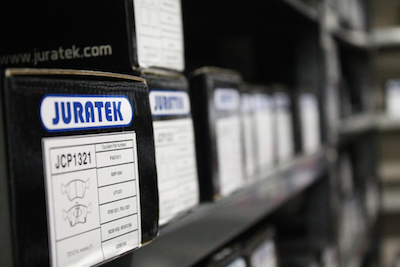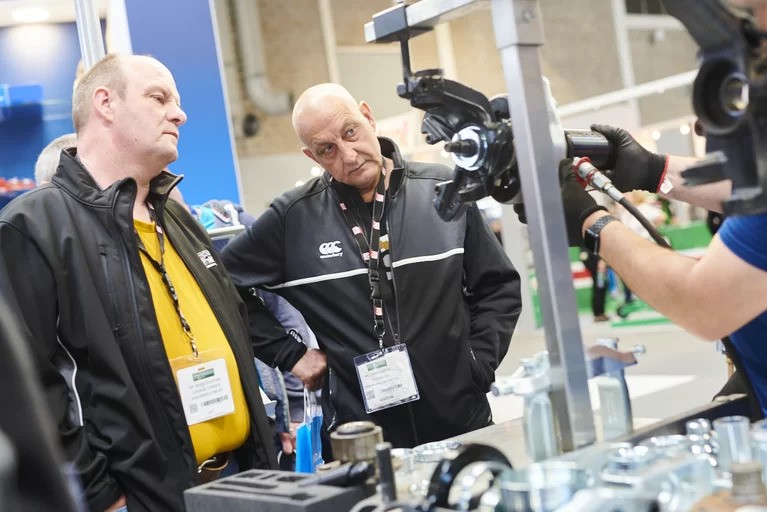Read the generous contribution from the Skyline Owners Club, where there are plenty more tips, tricks, hints and solutions for these three generations of the Nissan.
Function:
The Oxygen Sensor (also known as Lambda Sensor) is located in the exhaust manifold and measures the amount of unburned oxygen in your engine’s exhaust. Based on the amount of oxygen, it sends a signal to your engine computer which then adjusts the air/fuel mixture for optimum engine performance and emission control.
Failure Symptoms:
Excessive fuel consumption, a faulty oxygen sensor can waste 30% of your fuel
Driveability problems, such as engine surging or hesitation
High hydrocarbon emissions, failing an emissions inspection
The engine warning light may be on or service flag displayed
The ECU/computer stores a mixture-related fault code
When the oxygen sensor has stopped functioning completely, the catalytic converter may overheat and fail
Maintenance/Service:
Test and/or replace every 30,000 miles.
Perform periodic emission checks.
Watch for service light.
Vehicle manufacturers recommend periodic inspection and replacement of oxygen sensor.
Sensor Testing
The Lambda Sensor is at the heart of emission control continually monitoring the exhaust gas. Carbon Monoxide (CO) is produced by the engine. If the mixture supplied is too rich then CO will be high and visa versa. Having plenty of fuel (Rich) the engine will try to burn as much as possible, using up all available Oxygen, conversely if there is not sufficient fuel to maintain a correct burn then the excess Oxygen will pass into the exhaust system.
Rich mixture = High CO = Low Oxygen
Weak mixture = Low CO = High Oxygen
The Zirconia lambda sensor, by using precious metals, can determine the Oxygen difference between atmosphere and the exhaust gasses. The greater this difference, the higher the voltage it will produce, up to app 1volt. Lambda sensors will not operate until around 300 deg. They are heated by the exhaust and often have their own heater element. Single and twin wire lambda sensors have no heater element and are usually situated near or in the manifold, three and four wire sensors have an built in heater to aid rapid warm-up and may be placed further downstream.
From the table it can be seen that the voltage produced changes significantly within the window lambda 0.97 – 1.03. The ECU monitors this voltage and can correct the mixture strength (by changing the injector open time) to try to maintain perfect combustion.
The sensor can be tested for output by connecting to it a digital voltmeter, set to a 2v scale. Connect the +ve test lead to the sensor signal wire and the -ve test lead to earth/battery -ve. The voltage produced should swing from app 0.2v to 0.8v and back around once per second. If the voltage is stuck high then the engine is probably running rich for some other reason. If stuck low then usually either a faulty Lambda Sensor, air leak or an engine running very weak for some reason.
The newer type of lambda sensor (titania) work on a different principle, changing a supplied voltage as against creating one, but they still measures the Oxygen differences. These later types are generally more accurate and responsive.
Road testing:
Never road test a vehicle with stereo on. You need to be listening to the car. Similarly don’t let the seller talk all the way through your test drive.
Listen out for whistling noises whilst accelerating as this can indicate turbo problems or air leaks.
Listen out for detonation (or pinking) under load. Detonation can be indicative of poor ignition setting, low quality fuel, excessive boost pressure or a badly maintained engine.
Watch out for hesitations or misfires. Often these don’t reveal themselves until around 5k rpm so accelerate through from 3k rpm in third or fourth gear to see if the car experiences any violent hesitation, misfiring or holding back at this range.
Check for blue smoke under hard acceleration and during deceleration. Can be sign of engine wear or turbo problems.
Make sure that the operation of clutch, gearbox and brakes is smooth. Ensure that the gearbox is not whining and that there are no crunching synchros on gear changes (it is normal for the box to be stiff when cold).
Check that vehicle is showing a nice healthy oil pressure rising under load.
Drive vehicle long enough that any temp issues are revealed.
At normal engine temp leave the car idling and check for:
Blue smoke = can indicate a variety of turbo or breathing related problems.
Black smoke = can indicate fuelling issues.
White smoke = possible engine damage, head gasket or cylinder head problems.
Brakes, steering, wheels and suspension:
Check for any vibration through steering when driving and that the car doesn’t pull to one side under breaking.
Do a visual check on discs for scoring and check the thickness of brake pads. If these are going to need replacing imminently then try to get the seller to do so or some money knocked off.
Check dampers for any obvious leaks. Also look out for grease leaking from ball-joints. Suspect knocking when driven may be result of dry joints.
Most RWD GTS models are equipped with HICAS rear wheel steering. You probably wont notice the assistance of this system but it tends to be pretty reliable. Simply check that the HICAS light on dash does not remain on when driving.
Similarly most are equipped with Limited-Slip Diff. You should not be able to hear any strange or whining noises from the diff. Like the HICAS this system tends to be pretty problem free.
Check tyres for wear on the inside edge and make sure front + rears haven’t been swapped.
Changing Fuel injectors
De-pressurise the fuel system by removing the fuel pump fuse while the engine is running.
Take off the J pipe, then remove the throttle cable and body, it’s held on with 2 nuts and 2 bolts with 2 water pipes on the bottom of it.
Remove the fuel lines from the fpr and the end of the rail (two lines are next to each other and have hard lines bolted to the plenum).
Unclip all 6 wiring plugs.
Undo all 5 bolts holding down the rail and very gently lift it from the head.
While doing that be VERY careful not to lose the spacer washers that sit between the rail and the head!
You can then carefully manoeuvre the rail out towards the radiator.
To remove the injectors, unscrew the two bolts holding the cap on.
Then you need to carefully pry the injector out of the rail. This can take some brute force and when one pops out be ready for any excess fuel to come running out of the rail.
Repeat for all 6 injectors.
Apply lube to the seals on the new injectors and carefully push them into the rail.
They should all push in and sit flush, make sure they do before re-fitting the caps or you may break the caps.
Refitting rail is reversal of removal, but you may want to put a small bit of grease on the rail spacers to keep them in place on the head while you refit everything.
Radiator removal
1. Remove the expansion hose and remove radiator cap.
2. Undo the temperature sensor wiring at plug on the side of radiator, then loosen the hose clamps on the top and bottom radiator hoses.
3. Bucket under the bottom hose and remove it from the radiator. Move bucket over and remove the top hose.
4. Remove the 2 screws that hold the fan shroud to the radiator and remove it from it’s retaining clips at the base of radiator.
5. Undo the 2 nuts that hold the top radiator support brackets and remove them.
5. Push the fan shroud back towards the engine as far as you can and remove radiator by gently lifting upwards.
6. When refitting the radiator ensure the 2 rubber mounts are in place on the bottom of radiator and refit is reverse of removal.
If you’re fitting a thicker radiator you may have to “modify” the fan shroud to get it back on, or you can do what I did and just leave it off. Take you’re time with refilling the radiator too, heaters on full and maximum heat with the engine running at fast idle (around 2k rpm) with bleed screw (bolted on the front of the inlet manifold) open till all the air/bubbles are out.
Change settings on the ECU, refit the pump fuse and prime the injectors a couple of times by turning the key to position 2 for 5 seconds, then off, then position 2 for 5 sec. Then check all the rail and hoses for leaks. Start the car and check again for leaks.
Misfire and wet sparkers
Last week I charged the battery and then started the car. Ticked over in the drive for maybe an hour perfectly. I did a few revs on the throttle then shut it down ready for the MOT in the morning.
Next morning I started it up and misfiring, unburnt fuel smoke coming out of the back. Took the plugs out wet – cleaned them and put them back in. Still misfiring.
Went out and bought NGK grade 7s and put them in. Still the same issue – misfires and wet plugs.
I unplugged the fuel pump fuse and started the car and ran absolutely perfect no smoke either, no misfires even when slightly revved until it ran out of fuel.
Put the fuse back in – misfires and unburnt fuel smoke.
It was due to a stuffed Fuel Pump Regulator. It’s not restricting the fuel flow so you have way too much being injected, but with the pump “off” the rail isn’t pressurised so closer to the right amount of fuel is being injected.










Go to comments